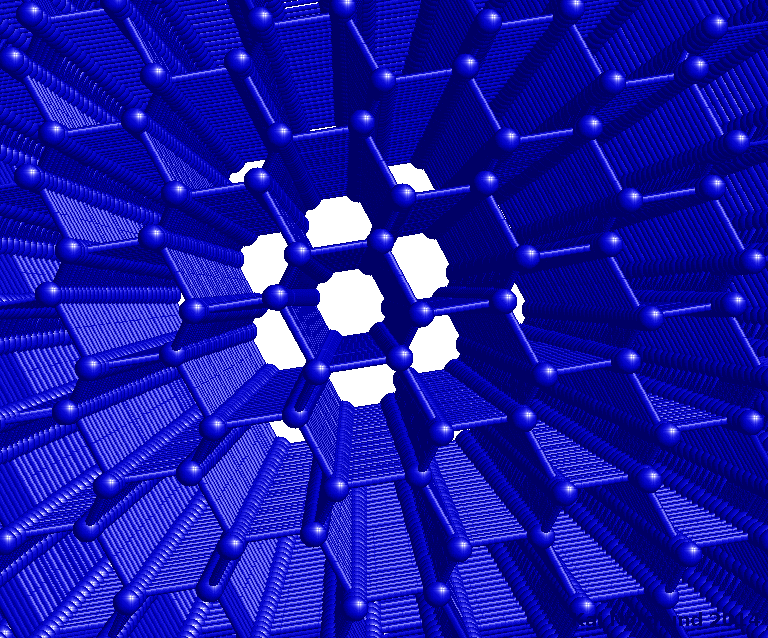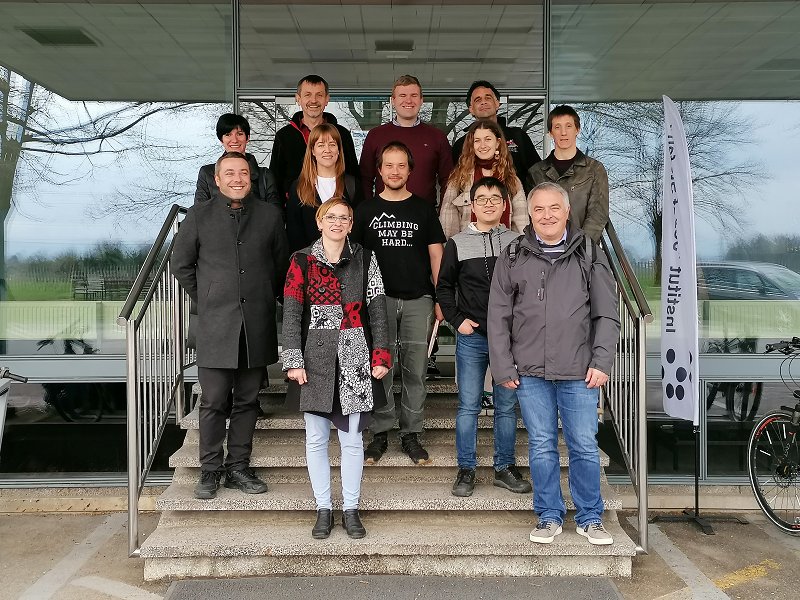Detection of defects and hydrogen by ion beam analysis in channelling mode for fusion – DeHydroC
Type of project: international
Duration: 2021 - 2024
 Project leader: Assist. Prof. Dr Sabina MarkeljCode: CfP-FSD-AWP21-ENR-02-JSI-01Coworkers: Dr Esther Punzón Quijorna, Dr Mitja Kelemen, Prof. Dr Primož Pelicon, Assoc. Prof. Dr Matjaž Vencelj, Dr Andreja Šestan ZavašnikExternal coworkers: Dr Janez ZavašnikPartners: Max-Planck-Institute for Plasma Physics (IPP), Garching, Germany;
The University of Helsinki, Finland;
French Alternative Energies and Atomic Energy Commission (CEA), Cadarche, FranceLaboratories: Laboratory for fusion research
Project leader: Assist. Prof. Dr Sabina MarkeljCode: CfP-FSD-AWP21-ENR-02-JSI-01Coworkers: Dr Esther Punzón Quijorna, Dr Mitja Kelemen, Prof. Dr Primož Pelicon, Assoc. Prof. Dr Matjaž Vencelj, Dr Andreja Šestan ZavašnikExternal coworkers: Dr Janez ZavašnikPartners: Max-Planck-Institute for Plasma Physics (IPP), Garching, Germany;
The University of Helsinki, Finland;
French Alternative Energies and Atomic Energy Commission (CEA), Cadarche, FranceLaboratories: Laboratory for fusion research 
Eurofusion Enabling research project
Understanding the interaction of hydrogen with the host lattice of plasma-facing as well as structural materials is crucial since low hydrogen isotope (HI) retention is a stringent prerequisite in thermonuclear fusion. This project is focused on the development of a new characterization technique to explore the influence of structural defects on hydrogen isotope retention and vice versa. As a pilot case, we will study HI interaction with tungsten (W); the latter considered as the main candidate for the wall material in a future fusion device. The main objective of our project is to set foundation for the evaluation of the interaction of structural defects with HI and the subsequent effect on HI retention and defect creation and evolution. We want to develop and use a novel ion channelling method at the tandem accelerator laboratory in Ljubljana to characterize the produced structural defects and HI retention.
Poster with methods and results (2024)
List of regular meetings:
- Kick-off-meeting 29.4.2021 from 9h to 16h via zoom
- 2nd DeHydroC meeting 21.6.2021 from 13h to 15:15h via zoom
- 3rd DeHydroC meeting 7.10.2021 from 13h to 15:00h via zoom
- 4th DeHydroC meeting 29.11.2021 from 10h to 12h via zoom
- 5th DeHydroC meeting 18.2.2022 from 10h to 12h via zoom
- 6th DeHydroC meeting 3.6.2022 form 9:30 to 11:30 via zoom
- 7th DeHydroC meeting 19.9.2022 from 10:00 to 12:00 via zoom
- 8th DeHydroC meeting 9.12.2022 from 9:30 to 12:30 via zoom
- 9th DeHydroC meeting 29-31.3.2023 in person meeting in Ljubljana
- 10th DeHydroC meeting 16.6.2023 from 10:00 to 12:00 via zoom
- 11th DeHydroC meeting 20.9.2023 from 12:30 to 15:00 via zoom
- 12th DeHydroC meeting 1.12.2023 from 10:00 to 12:00 via zoom
9th DeHydroC meeting was a three-day meeting that took place in Ljubljana. The purpose of the meeting was to give an overview what was till now achieved within the project and what are the future plans. There will be discussion about open questions that need to be solved within the project and preparation of a manuscript.

Related articles:
- Unveiling the radiation-induced defect production and damage evolution in tungsten using multi-energy Rutherford backscattering spectroscopy in channeling configuration
- Jin et al. Effect of lattice voids on Rutherford backscattering dechannelling in tungsten, J. Phys. D: Appl. Phys. 56 (2023) 065303
- Markelj, S. et al. First study of the location of deuterium in displacement-damaged tungsten by nuclear reaction analysis in channeling configuration. Nuclear Materials and Energy 39, 101630 (2024)
- Jin, X., Djurabekova, F., Hodille, E. A., Markelj, S. & Nordlund, K. Analysis of lattice locations of deuterium in tungsten and its application for predicting deuterium trapping conditions. Phys. Rev. Materials 8, 043604 (2024)